
Article: Making sense of cultural bumps – Supporting GTAs with teaching
This article reports on a study with over 100 Graduate Teaching Assistants exploring experiences of ‘cultural bumps’ at a UK University.
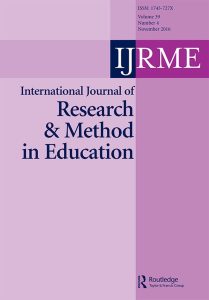
Article: Scope and continuum of participatory research
In this article, I draw on three case studies to explore the relationship between participatory and creative research methods.
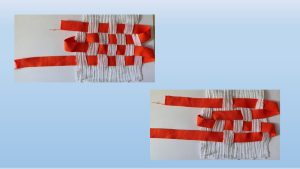
Systematic Visuo-Textual Analysis
I was invited to contribute to the Photovoice Worldwide webinar series to present the Systematic Visuo-Textual Analysis, a framework for analysing visual and textual data.
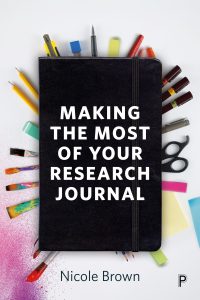
The PhD Life Raft podcast: Reflective journaling
I was invited to contribute to The PhD Life Raft Podcast. My contribution was about research journaling and reflective practice, and the book Making the most of your research journal.
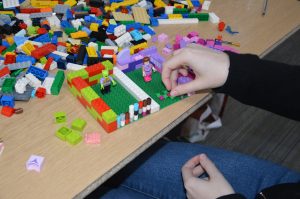
SAGE MethodSpace: Choosing creative methods for research
I was invited to contribute to the SAGE MethodSpace to talk about how I use creative methods, and why I use creative methods, given the population and the nature of my research.
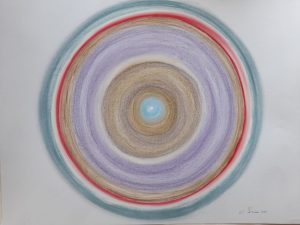
Creative output: This is just to say
This is an example of an ethnographic poem, the output of poetic inquiry and analysis within Embodied Inquiry from my research with academics.

NVivo Podcast Episode 13: Participatory research methods
I was invited to contribute to the NVivo Podcast Between the Data. My contribution was published as Episode 13 "Participatory research methods with identity boxes, photographs and Lego".
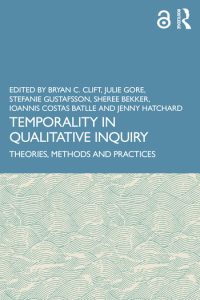
Chapter: Rhythmanalysis to account for time
This chapter draws on Nicole's research on how academic staff with chronic illnesses and disabilities specifically interact with the buildings and what impact the physical environment has on their everyday experience.
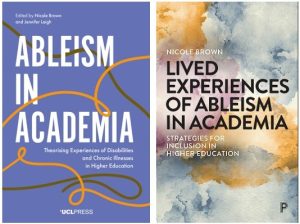
Recordings of ableism events and keynotes
It is with great excitement and pride that I share a list of scheduled ableism events. Celebrating the launch of my two edited books, find here events about Ableism in Academia.
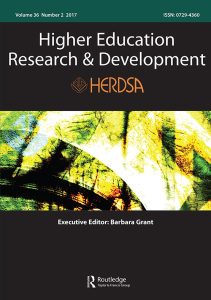
Article: “Where’s the validation?”
This article presents an original engagement with research into emotions in the PhD to ask ‘Where’s the validation?’ by using emotion work as a theoretical foundation.
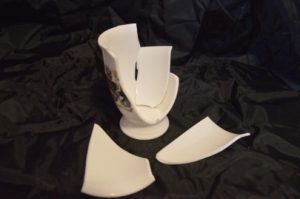
Creative output: “I need duvet days” – Chronically ill academics
This is an example for analysis within Embodied Inquiry from my research with chronically ill academics. The illustrated poem was created from the transcripts of conversations with chronically ill academics and an arts-based approach to making sense of data.
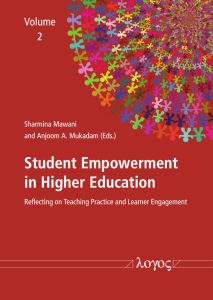
Chapter: Assessments: letting students decide
If students are to take responsibility for their learning, then why are they not also in charge of their assessments? This question forms the basis for this paper that is co-written between two students and one member of staff.
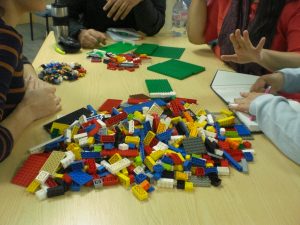
Innovative research methods
This is a call for contributions of max. 8000 words to "Failures and fallacies of innovative research methods . If you are interested in exploring your failures and fallacies regarding innovative research methods submit your abstract here.
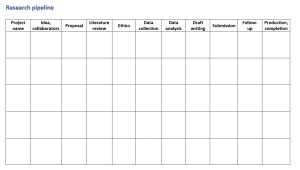
The research pipeline: managing the publications process
This post outlines how to maintain a research pipeline to plan and manage publications systematically and links to a word template.
Using creative methods to collect data in social research
Workshop to explore creativity within research and to identify opportunities to use creative methods within the research process.
Analysing data that has been collected using creative research methods
Workshop to consider analysis in qualitative research with a specific focus on how to treat and deal with data that is not textual, but comes out of the use of creative methods (drawings, paintings, pick-a-card, models, etc.)